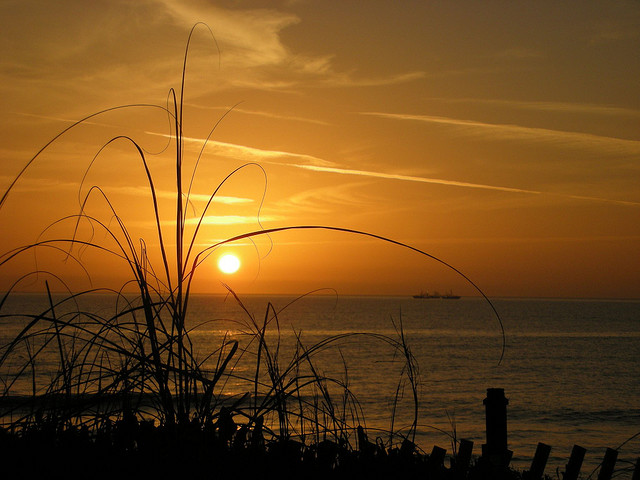A Road Map for Ensuring BP Dollars are Well Spent in the Gulf
Published by Ocean Conservancy
For many people, buying a house or a car is one of the biggest purchases you’ll make in your lifetime. Which is why you hire an appraiser or mechanic to inspect that house or car before you sign the contract—you want peace of mind that it’s a good investment.
The principle is pretty much the same whether you’re spending $28,000 or $20 billion. Last year BP agreed to pay more than $20 billion to the American people to help recover from the impacts caused by the Deepwater Horizon oil disaster. This week the National Academy of Sciences published a report with recommendations that will help ensure the $20 billion is well spent.
The report walks through how to build a monitoring program that will ensure we are getting what we pay for when we invest in Gulf restoration projects, such as rebuilding important marsh and dune habitats that were devastated by the oil. Or, restoration projects that provide first responder services for bottlenose dolphins that are still exhibiting health problems from the oil. Or, projects that protect Kemp’s ridley sea turtles, which were oiled in the disaster.
Just as auto manufacturers abide by industry standards of quality control to ensure automobile safety and efficiency, standards that have been developed over decades, so must scientists follow recommended standards for tracking the quality and effectiveness of restoration projects developed through decades of scientific research. This report provides those recommendations in a useful road map for the next 15 years of Gulf restoration.
It also acknowledges that the BP Deepwater Horizon oil disaster was the biggest environmental disaster in U.S. history, and we still have much to learn about how to restore the Gulf of Mexico from such a major disruption. The report’s recommendations ensure that we invest in a process of learning through these efforts and continue to improve as we go. This allows us to both track and account for the impact of investments we’re making now in the Gulf AND learn how to make smarter investments for the future. As the report describes, this is best accomplished by comparing a healthy part of the Gulf with areas that are currently under restoration and with impacted areas yet to be restored. This basic logic will allow scientists to figure out if what we’re doing to restore the Gulf is working, and if not, how to adjust.
While the ecosystem in the Gulf of Mexico happens to be much more complex than an automobile, it is the priceless engine for the health and economy of millions of people as well as the habitat and home of hundreds of species of marine wildlife. That’s why this investment in Gulf restoration is such an important one for the America, and we should do everything we can to make sure it is money well spent.
Read the full article at: http://blog.oceanconservancy.org/2016/08/01/a-road-map-for-ensuring-bp-dollars-are-well-spent-in-the-gulf/




